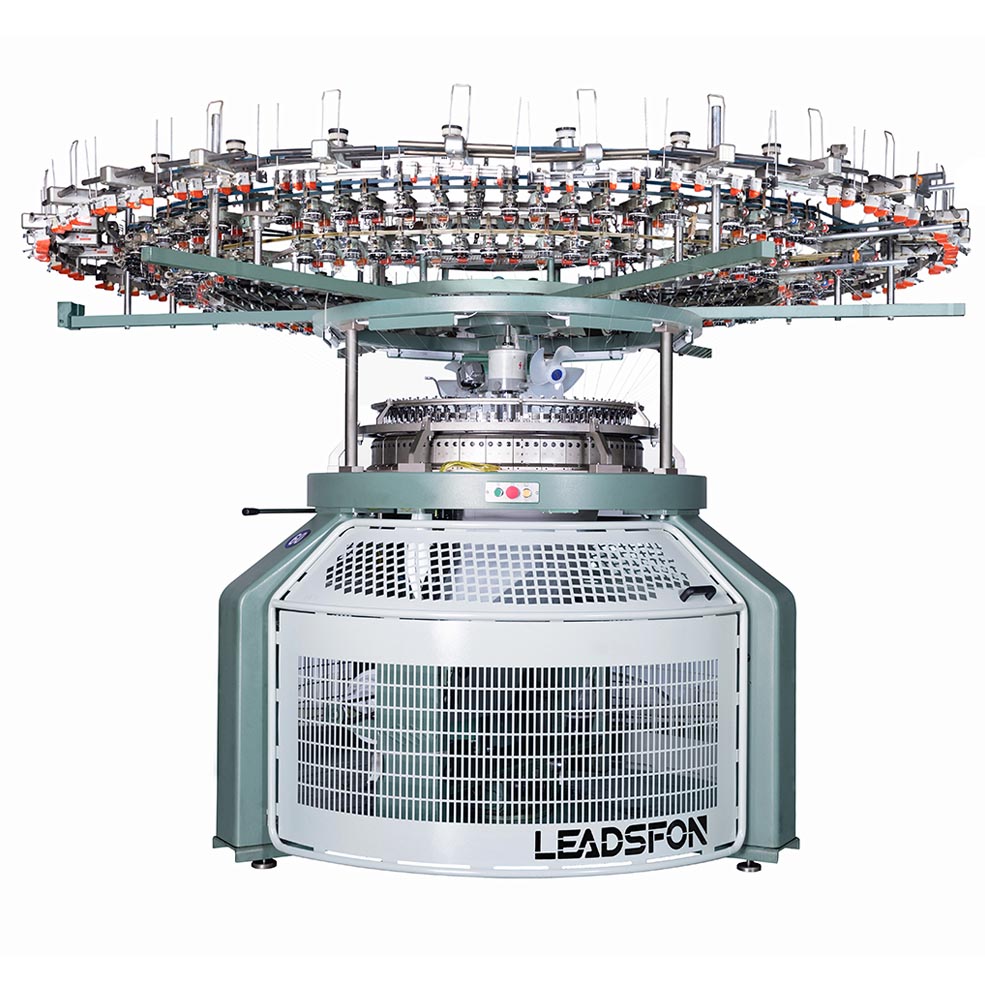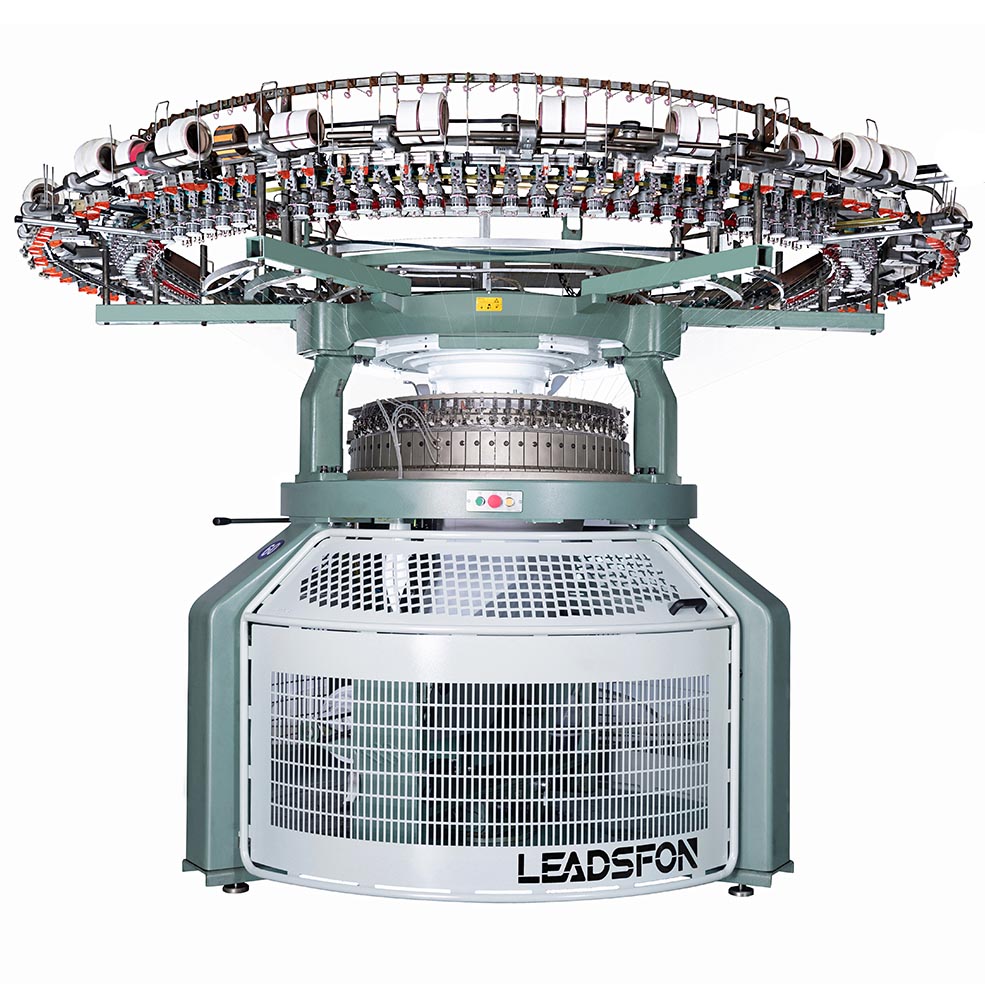MOBILE, Ala. (WALA) - The Monarch robotic-assisted bronchoscopy machine at the Mitchell Cancer Institute is not a video game, but it sure resembles one.
It’s got a monitor and a remote-control device that looks just like an XBOX controller. Leadsfon

Dr. Peter Lutz said when he was first getting acquainted with the controls, his 11-year-old son whipped him.
But this is no game. The University of South Alabama’s Mitchell Cancer Institute has performed 450 examinations with this tool. Lutz, a pulmonologist with Mobile Pulmonology, said doctors previously used a hand-held scope that had a miss rate of 40 percent to 50 percent. Often, he added, results were inconclusive. That required cutting a patient open to take a tissue sample from the lung.
“If I send you the surgery, you’re gonna have to recover four, six, maybe eight weeks before we – you know, we may have the answer then, but you can’t undergo treatment yet because you got to recover from that surgery,” Lutz said.
The Mitchell Cancer Institute on Wednesday highlighted the cutting-edge technology from Johnson & Johnson, pointing to a more than 15 percent improvement in the accuracy of diagnoses. Dr. Brian Persing, division director of medical oncology at Mitchell Cancer Institute, said the improved accuracy has led to higher survival rates.
“The Monarch platform has been a game changer for us in our approach to caring for patients with our commitment to understanding the uniqueness of each of our patient’s cancer,” he said. “It has led to healthier and happier lives.”
The Mobile facility was one of just 13 in the country to get Johnson & Johnson’s Monarch platform in 2019. It was the 20th device installed in the world. Now, there are hundreds across the country, and the company is preparing to take it international.
“It’s definitely the standard of care in bronchoscopy at this point,” said Mike Terrones, the national sales director for the Monarch technology “So definitely a game changer. Ups the time to diagnosis. The diagnosis rates, like we said, gets patients to treatment faster, a higher percent of the time.”
Lutz demonstrated how the Monarch device works. With the patient under anesthesia, the doctor inserts a tube down the throat into the lungs. Using the remote control, he or she can find hard-to-spot cancerous lesions. Lutz says the computer creates a three-dimensional model laying down a path from the airway to the lesion.
“Almost like GPS in your car,” he said. “You know, it’s not quite as nice. You don’t have a nice voice saying, ‘Left here, right there.’ But it lays out a path, and then using what we know of the airways and our understanding of the airways and this path, we can find our way directly to that lesion.”
Lung cancer is particularly dangerous, claiming more lives each year than colon, breast and prostate cancer combined. The reason for that is that lung cancer is difficult to diagnose. Often, people don’t experience symptoms until it’s too late.
The entire procedure usually takes about a half an hour, Lutz said. In addition to being much less invasive for the patient, he added, the Monarch bronchoscopy can cut the time it takes to diagnose lung cancer to as little as two weeks. Lutz said that means patients can start treatment sooner.
“Traditionally, it’s six to eight weeks from the time somebody found a lesion into you can get them in to treatment,” he said. “And time is life for these patients.”
In prepared remarks at Wednesday’s ceremony, Lutz said reducing the wait for treatment is key.
“The most important thing in early cancer, for me as a physician, is time,” he said. “The time it takes from once a lesion is found ‘til we can get them in the hands of our oncologists and get treatment started can be life-saving. And that’s something as a nation that we struggled with.”
The Mitchell Cancer Institute is also a place where training takes place.
“As new physicians come on to utilize Monarch, you know, it’s best to get them trained by physicians that are using Monarch,” Terrones said. “And so, this is one of our sites, you know, nationally that we do that in.”

Tubular Knitting Machine Copyright 2023 WALA. All rights reserved.